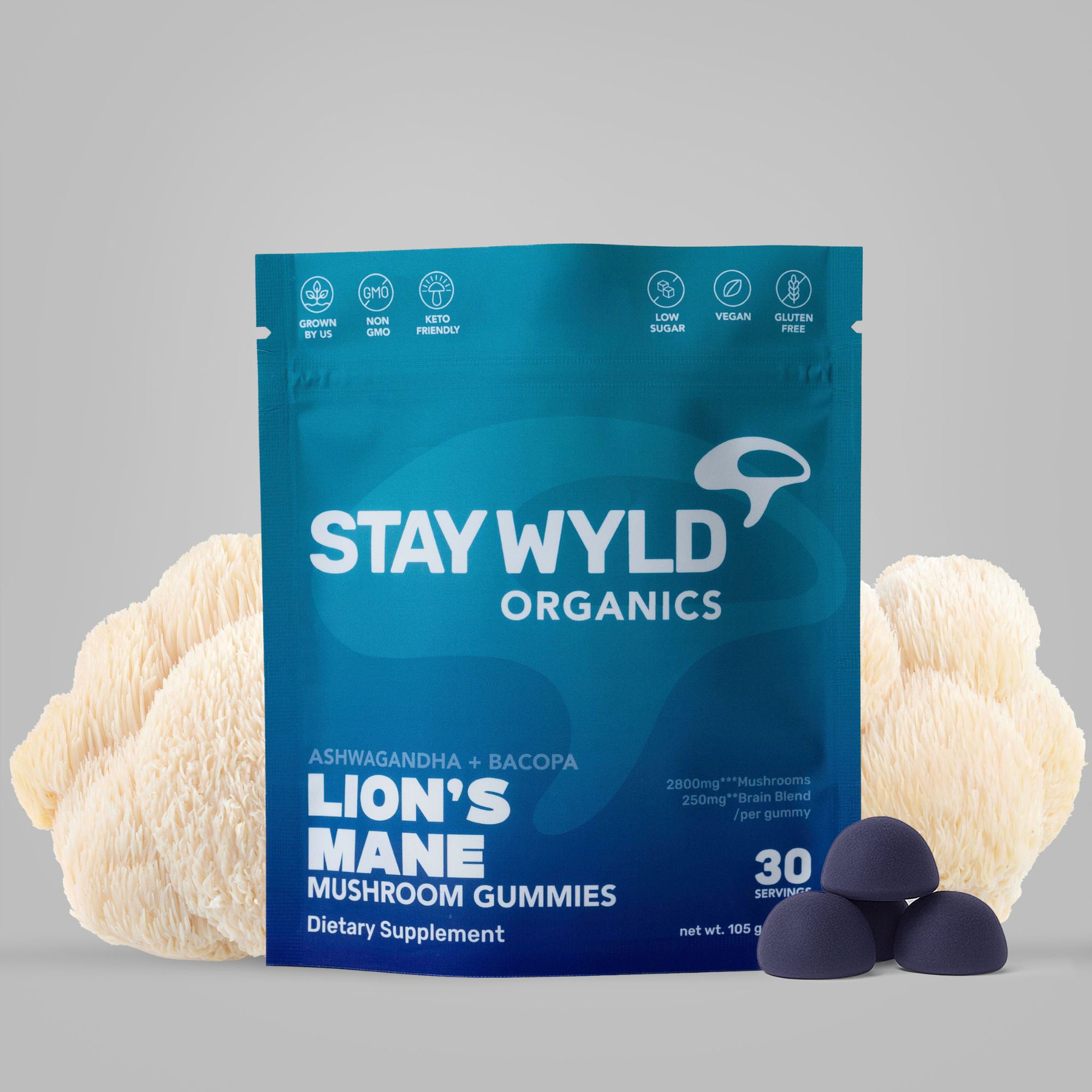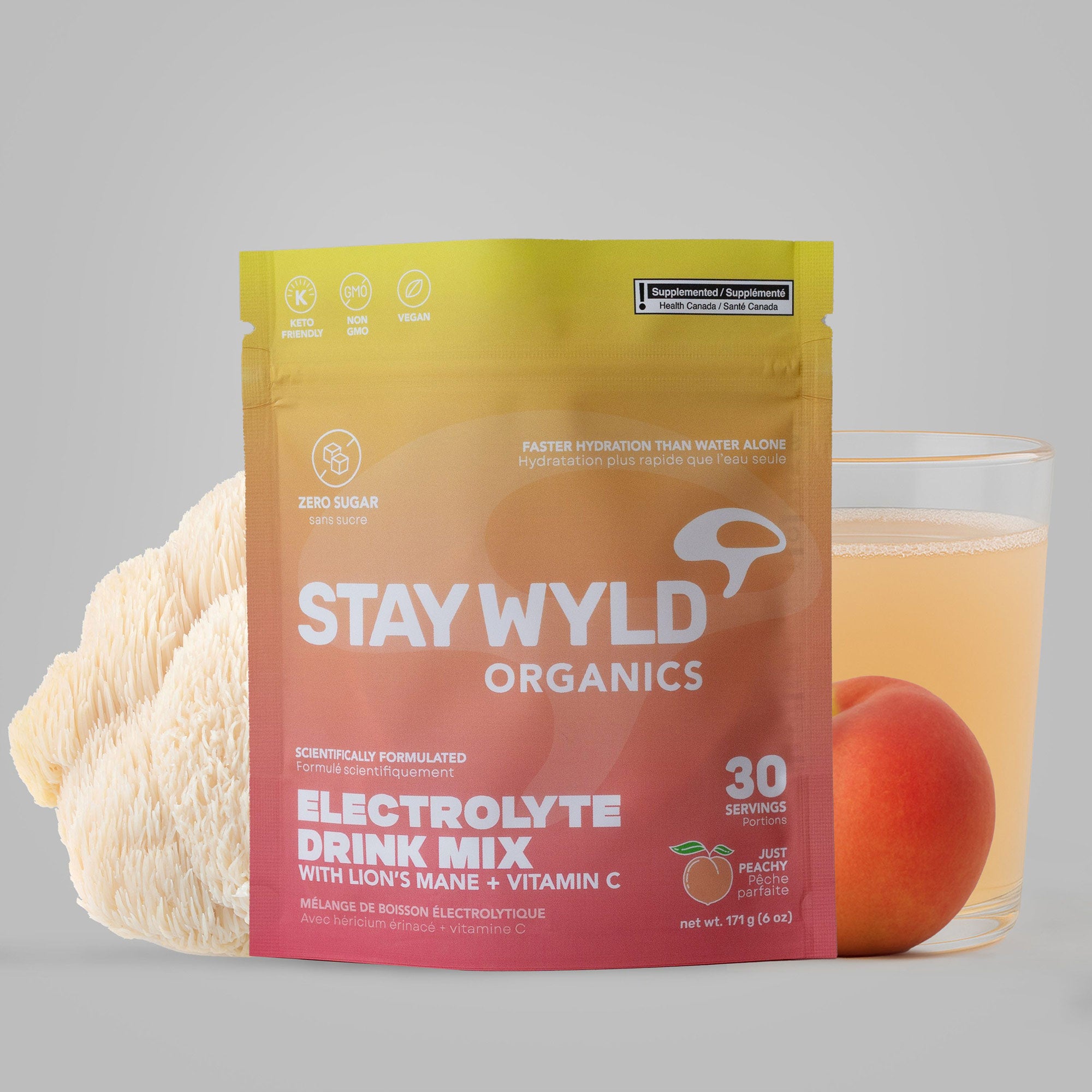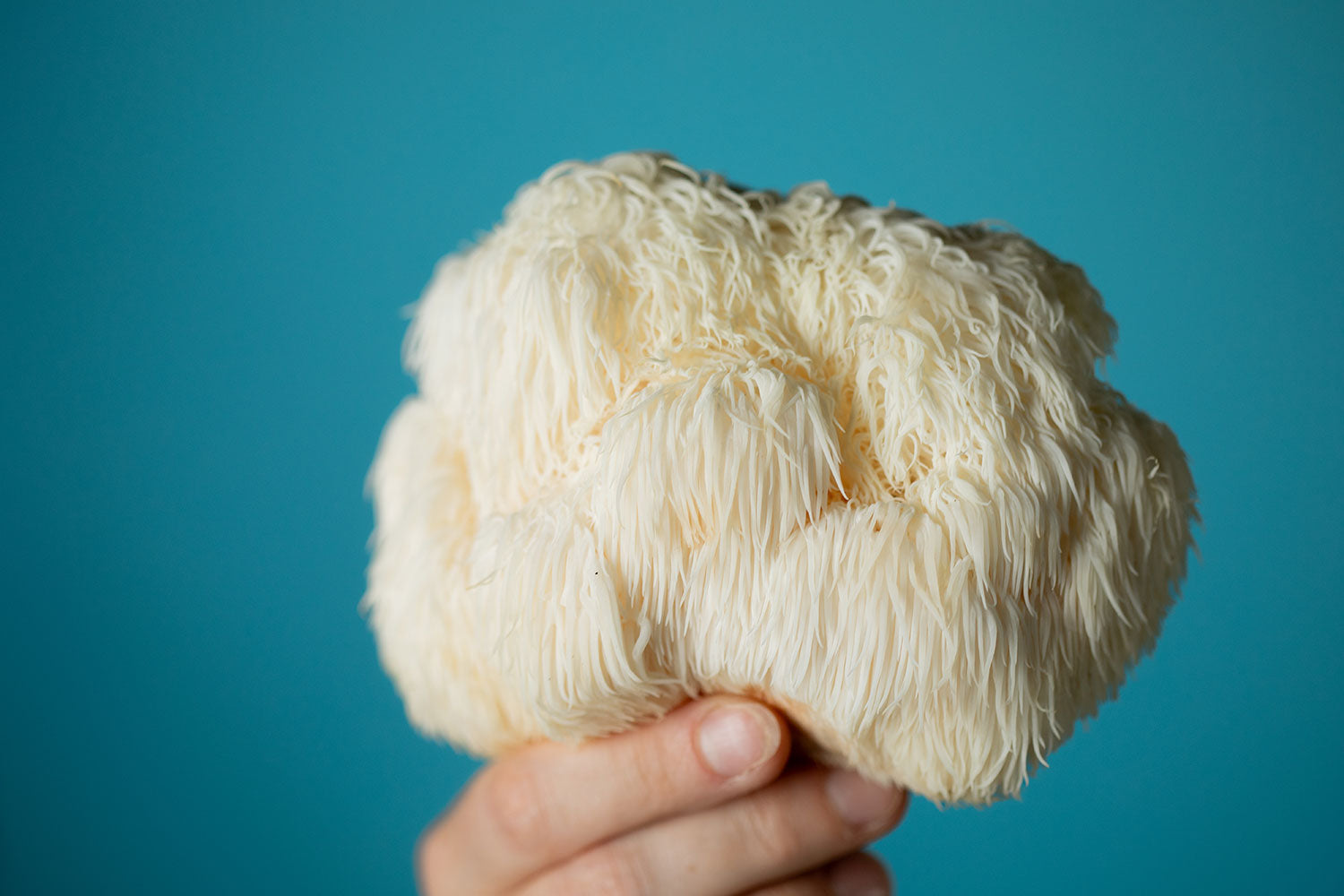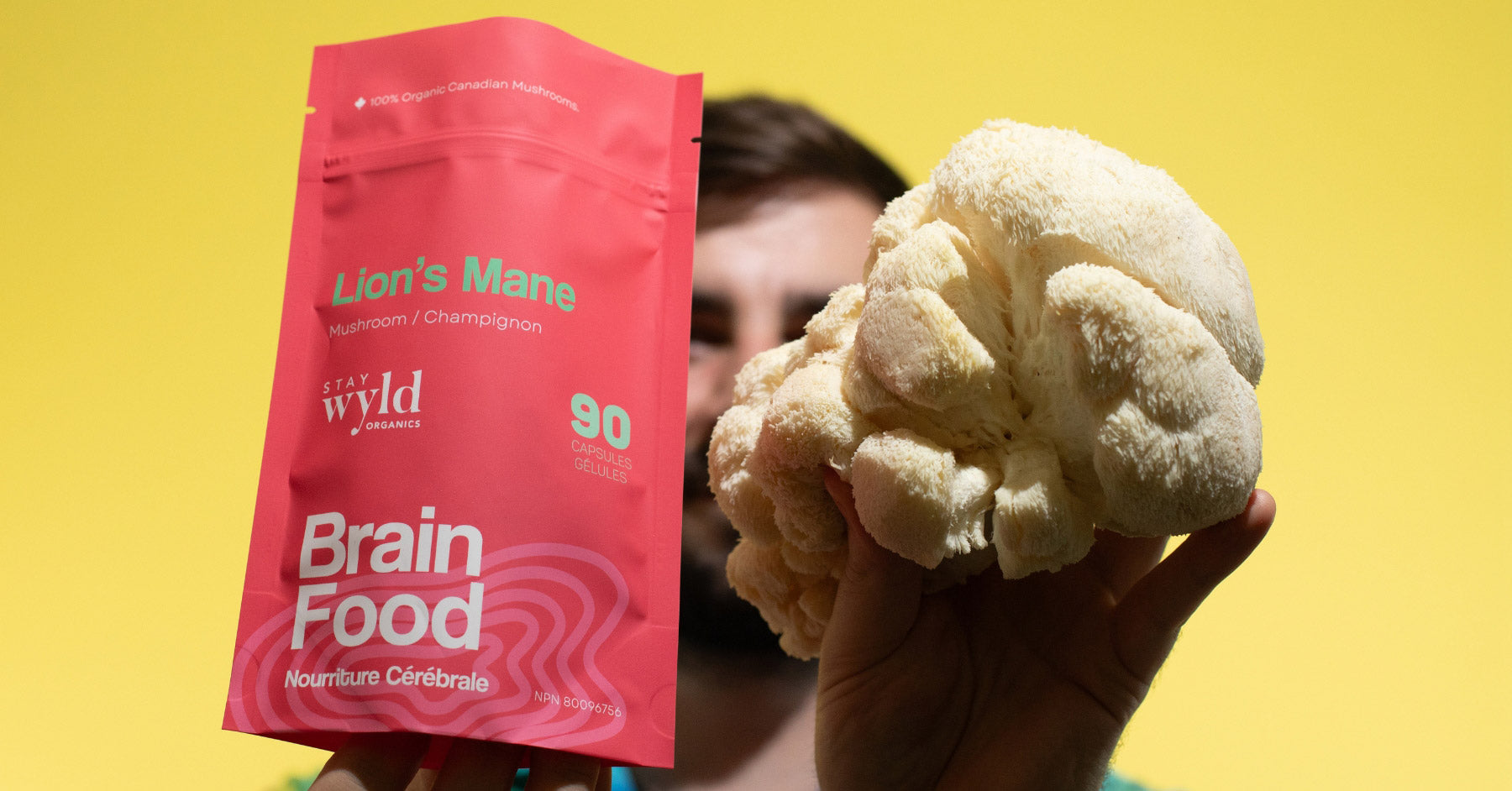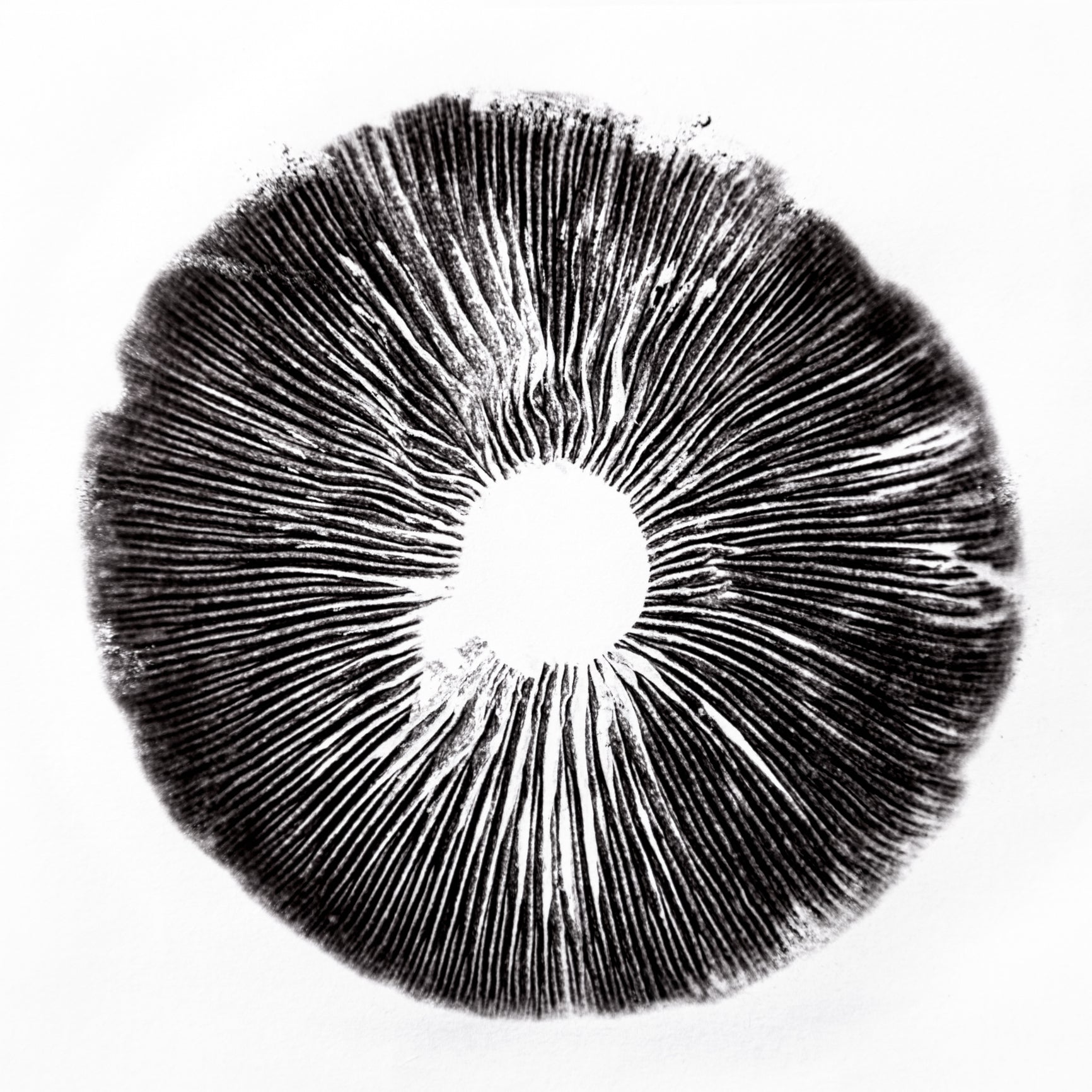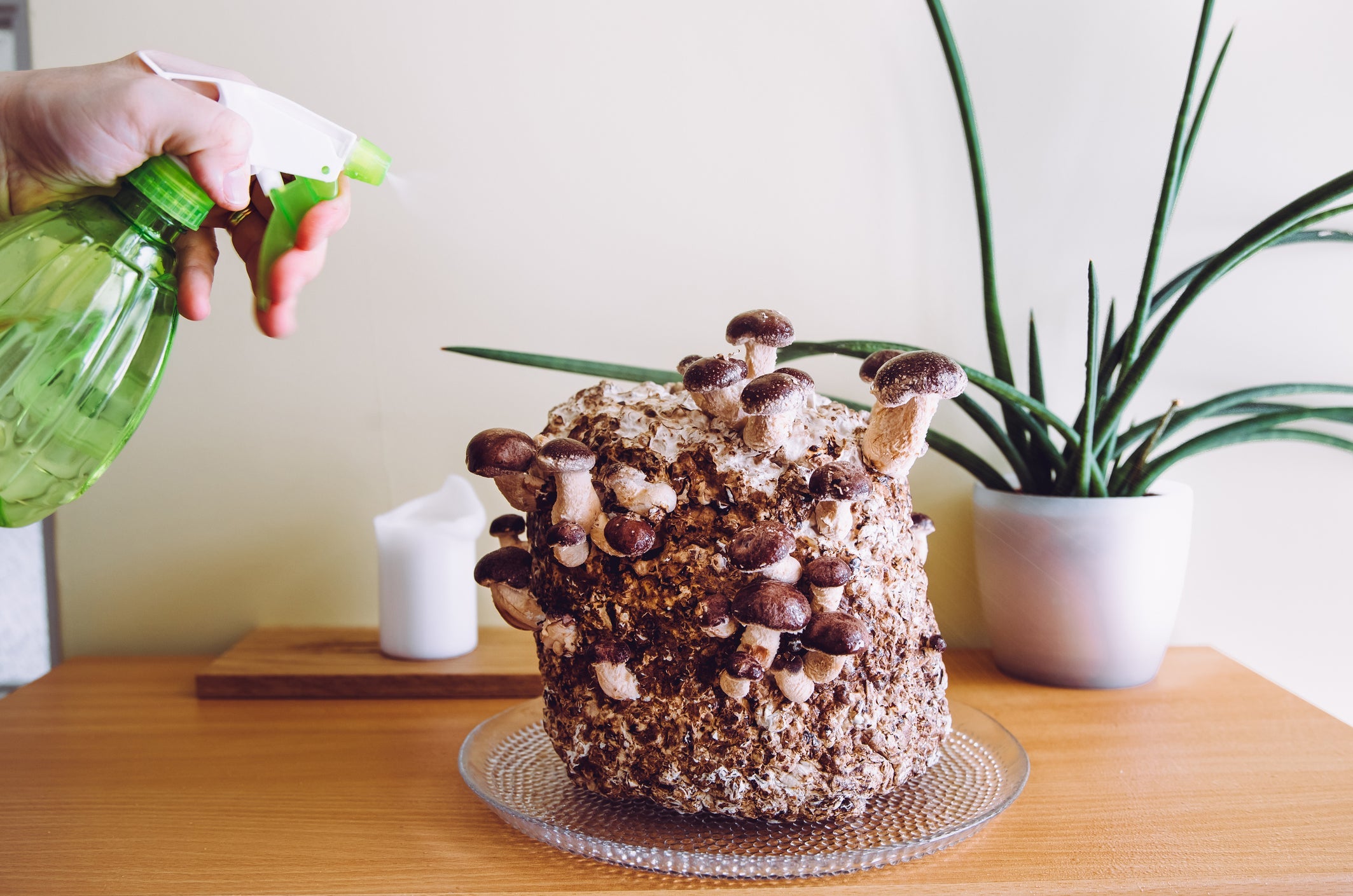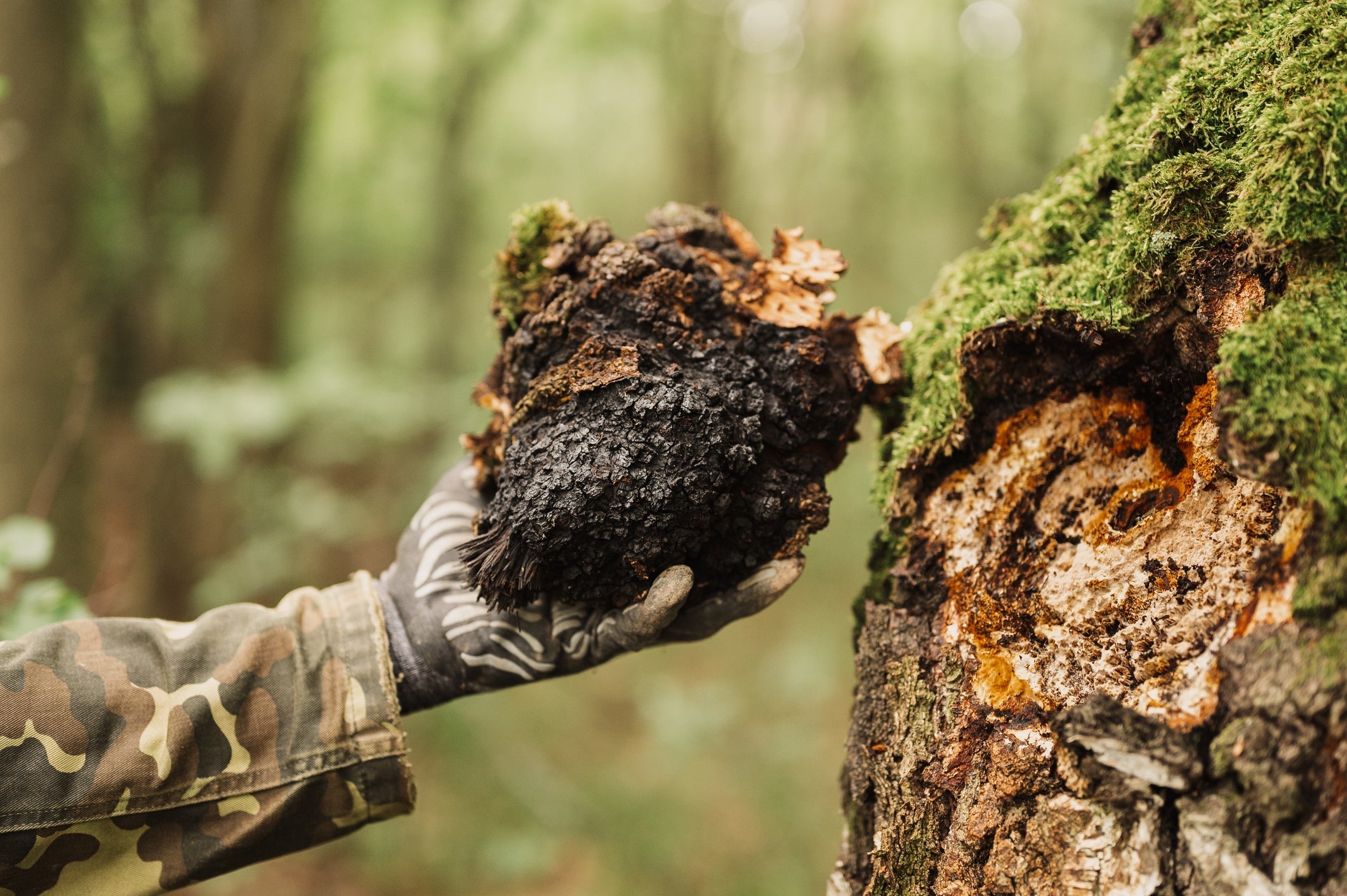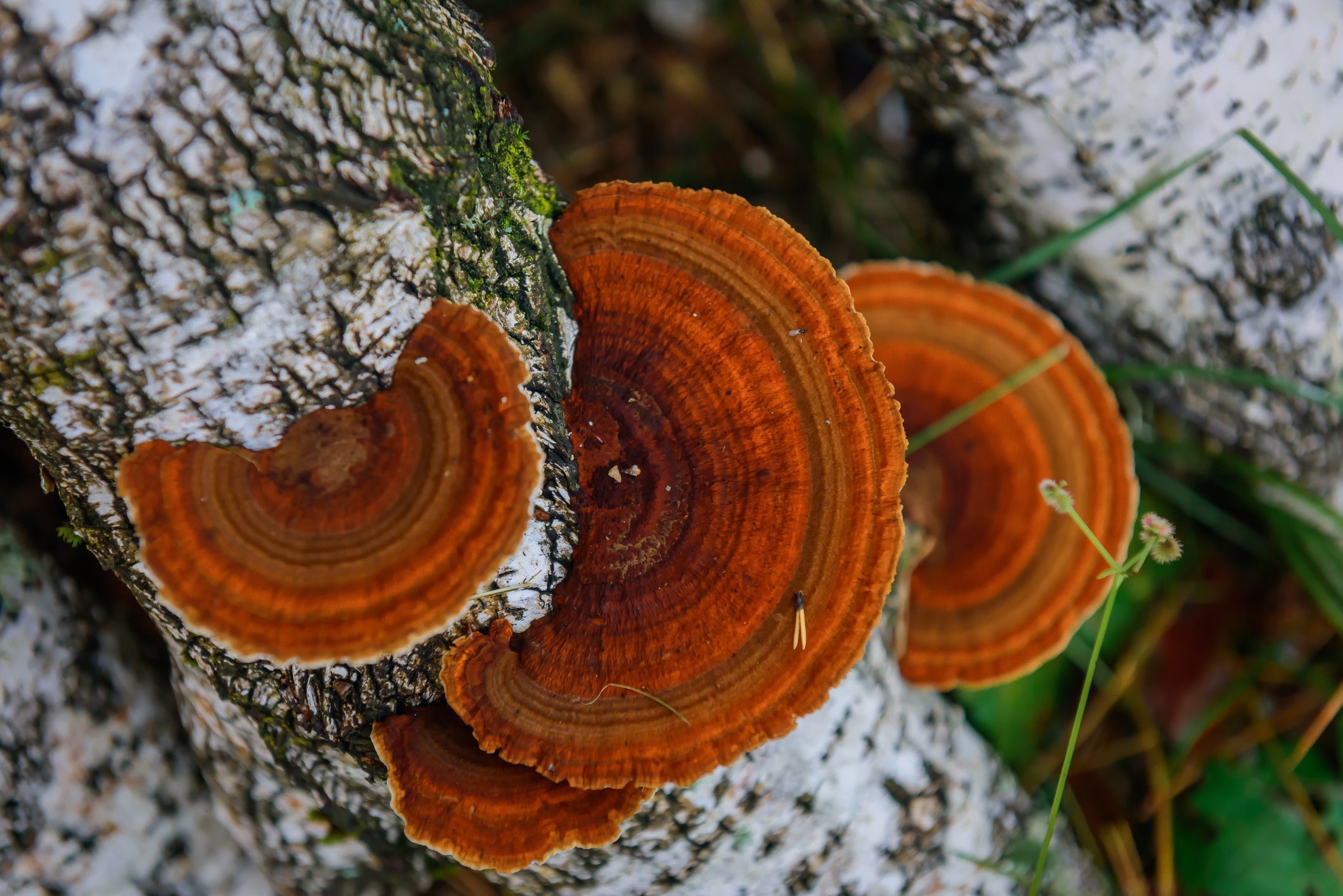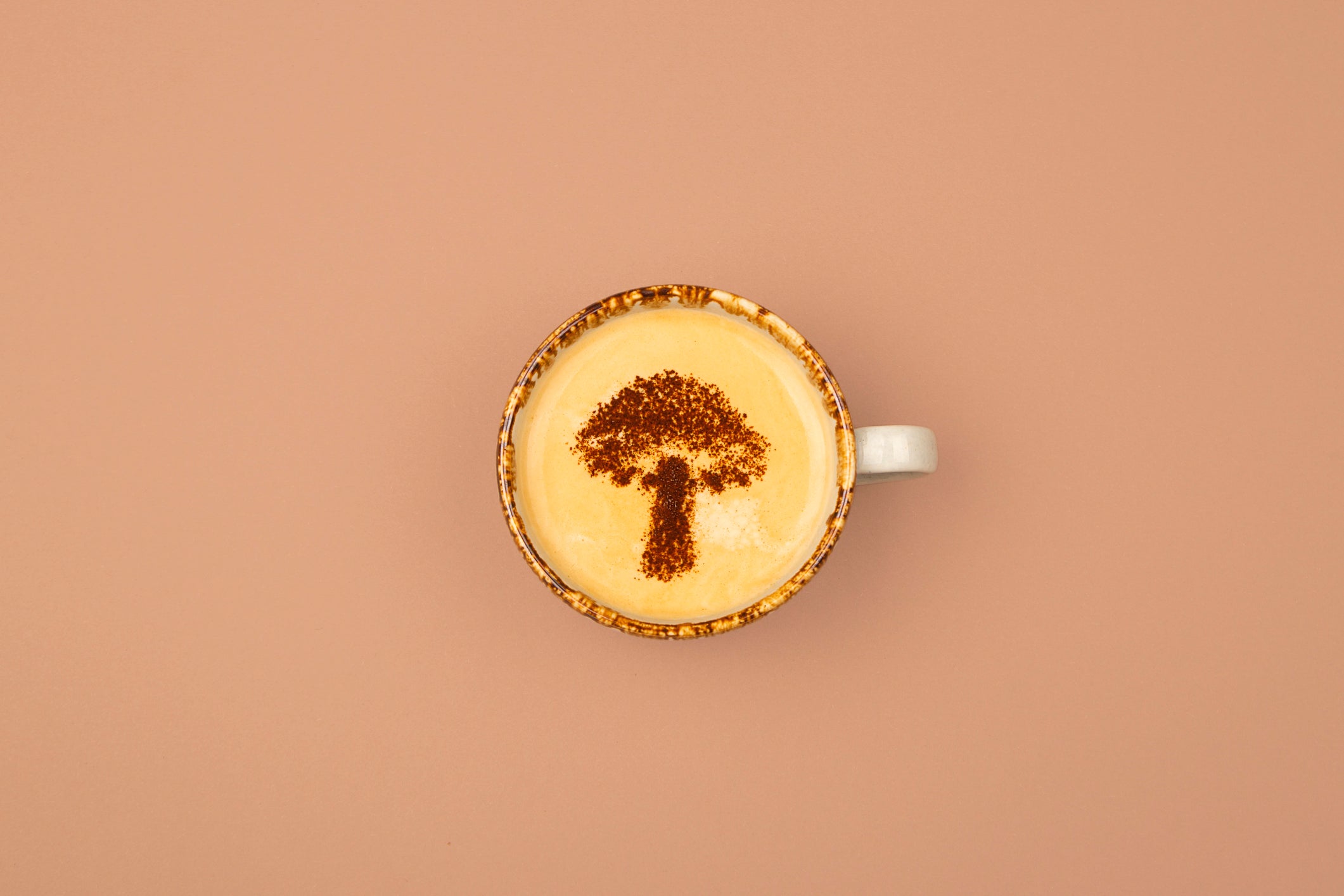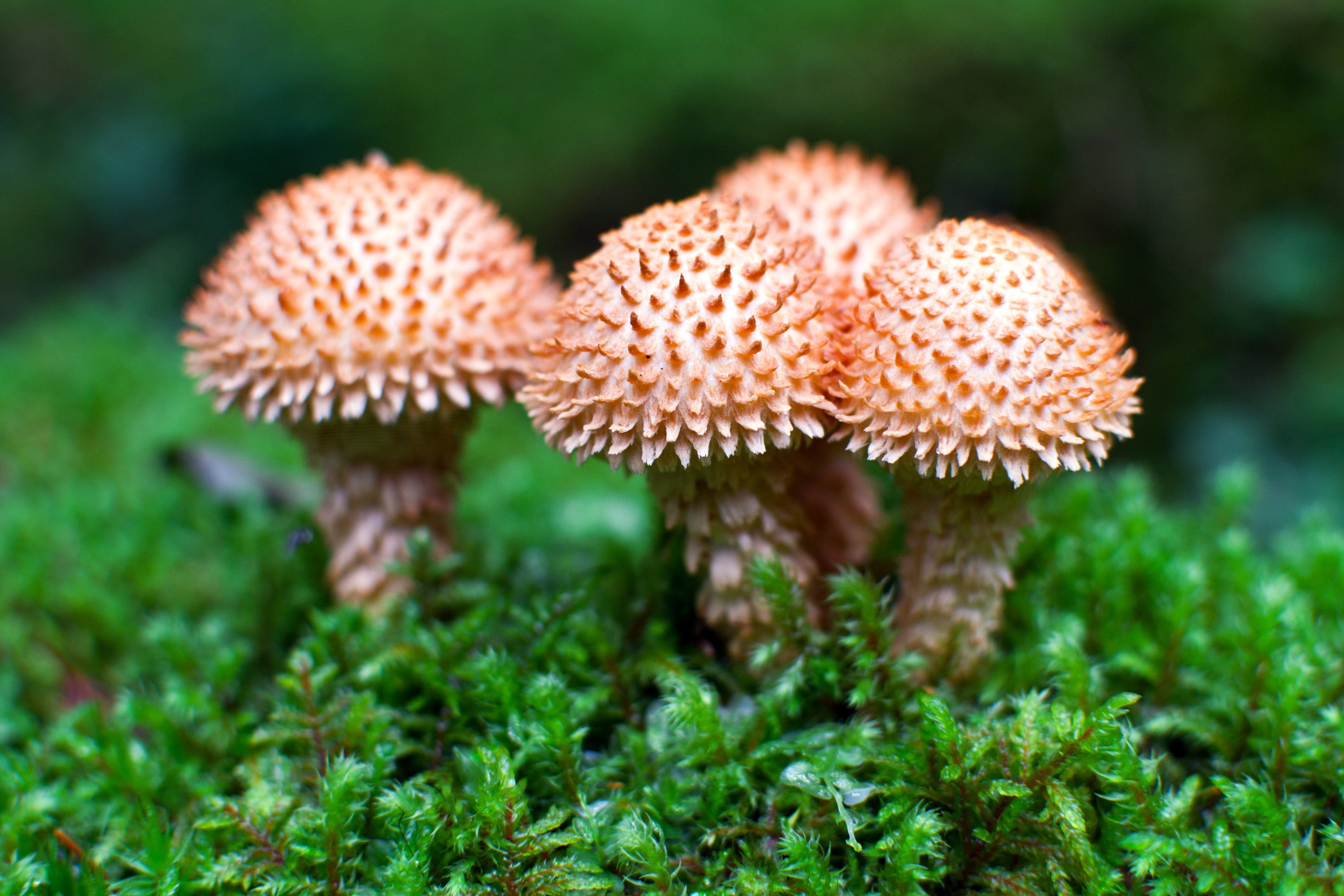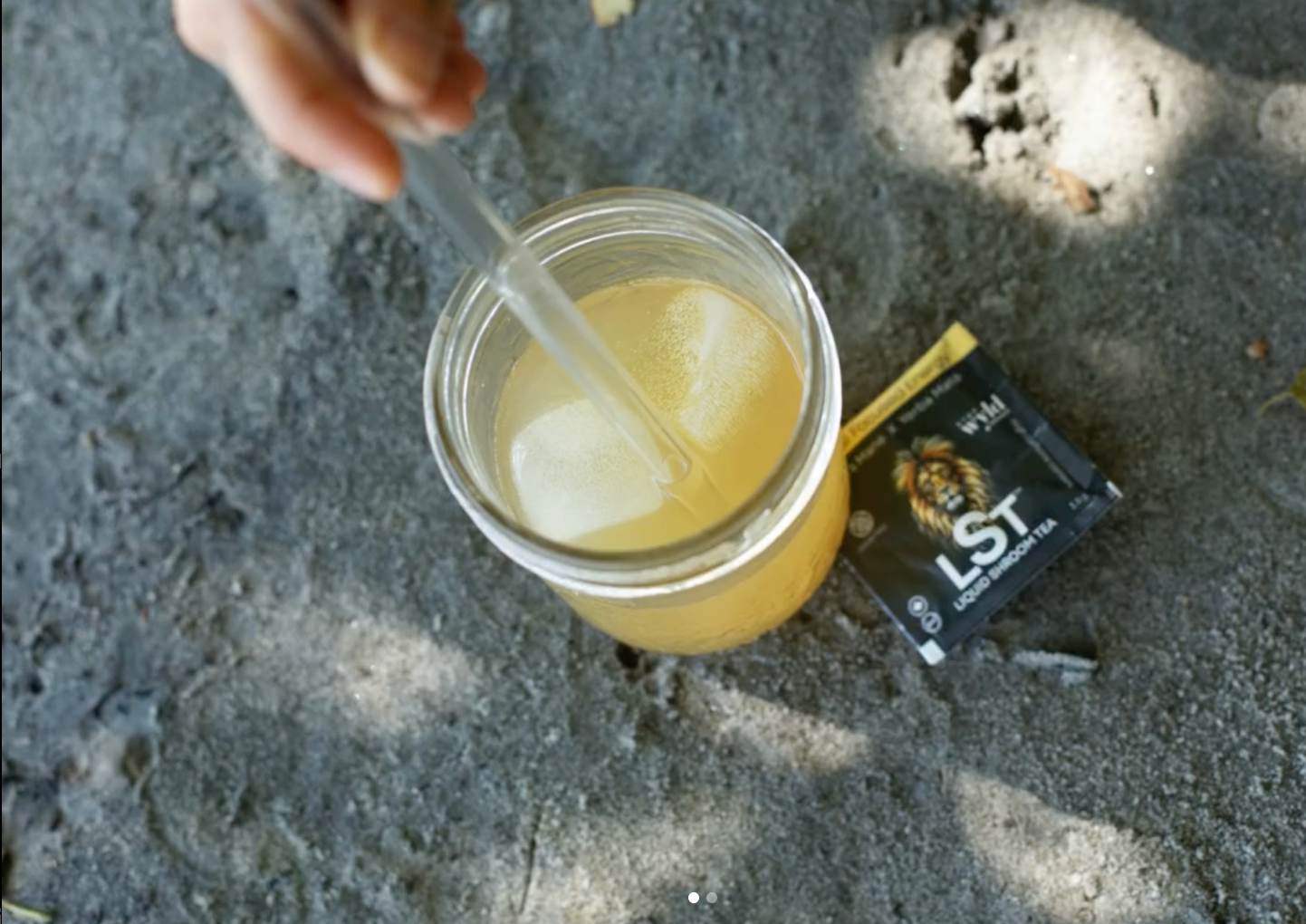A Step-by-Step Guide to Creating Mushroom Spore Prints
5 minute read
Mushroom spore prints are a fascinating and useful tool for mushroom enthusiasts. Whether you are interested in identifying different mushroom species or cultivating your own mushrooms, spore prints provide valuable information. In this comprehensive guide, we will take you through each step of the process, from understanding what mushroom spores are to utilizing them in mushroom cultivation.
Unveiling the Mystery: What Are Mushroom Spores?
Mushroom spores, akin to plant seeds, are tiny reproductive cells essential for the survival and propagation of fungi. These microscopic structures carry the genetic blueprint needed to cultivate a new mushroom. Their journey, once released into the environment, is a captivating process.
Upon maturity, these spores are dispersed through various means such as wind, water, or interactions with animals, depending on the mushroom species and its habitat. Some mushrooms have evolved to eject their spores forcefully, while others depend on external elements for dispersal. The lightweight nature of mushroom spores makes them ideal for wind transportation, allowing them to traverse great distances and find suitable germination spots.
Water, too, plays a vital role in this dispersal. Certain mushrooms produce water-repellent spores, which, when struck by raindrops, are launched into the air, forming a spore-laden mist. This mist can then be carried away by water currents. Additionally, animals, often unwittingly, assist in spreading mushroom spores. Attracted by specific mushrooms, these animals transport the spores to new locations, either externally or internally.
The fate of these dispersed spores hinges on factors like temperature, humidity, and nutrient availability. Some remain dormant until conditions become favorable. When such conditions are met, a spore germinates, giving rise to a mycelium network, which eventually forms the mushroom structure we recognize.
Thus, the humble mushroom we encounter has undergone an extraordinary journey, starting from spore release to dispersal and finally to germination. These steps are crucial for the continuity of these intriguing organisms.
Your Guide to Crafting a Mushroom Spore Print
If you're interested in learning more about mushrooms or want to start cultivating your own, creating a spore print is an essential skill to have. Follow these step-by-step instructions to successfully craft your own mushroom spore print:
Step 1: Selecting the Perfect Mushroom
The first step in creating a spore print is finding a suitable mushroom. Choose a mature mushroom that has an intact cap and shows no signs of decay. It's important to note that only mushrooms with gills or porous structures can produce spore prints. Therefore, species like puffballs or truffles aren't ideal candidates.
When picking mushrooms, only collect from areas where it is legal to do so, and be sure to leave enough behind to sustain the local ecosystem.
Step 2: Careful Cap Removal Techniques
Once you have found the perfect mushroom, gently remove the cap from the stem. To prevent damage, use a sharp knife or razor blade, making an even cut close to the stem. Take care not to crush or disturb the cap during this process, as it can affect the quality of the spore print.
Some mushrooms may release spores naturally, while others require a little assistance. For this reason, it's essential to handle the mushroom gently to avoid premature spore release.
Step 3: Setting the Stage - Placing the Cap
Now that you have the cap separated, it's time to create the spore print. Choose a clean and flat surface; a piece of white paper or glass is ideal. Place the cap, gill-side down, onto the surface. Ensure that the cap makes good contact with the paper or glass to allow for proper spore transfer.
It's worth noting that some mushrooms produce spores in different colors. By using different backgrounds for your spore prints, you can better visualize and identify the spore color.
Step 4: The Waiting Game – Cover and Observe
Once the cap is securely placed, cover it with a clean glass or bowl. This cover helps create a controlled environment, preventing air currents from disturbing the spores. It's crucial to leave the cap undisturbed for at least 12-24 hours.
During this waiting period, the mushroom's spores will drop from the gills onto the surface below. Over time, you'll notice a pattern of spores forming, resembling the shape and structure of the gills.
As you observe the spore print, pay attention to the color, shape, and texture of the spores. These characteristics can be valuable clues in identifying the mushroom species.
Exploring Spore Prints for Mushroom Identification
Now that you've successfully created your spore print, it's time to explore the exciting realm of mushroom identification. Spore prints can be a reliable tool to help determine the species of a mushroom. By analyzing the color, shape, and pattern of the spores, you can narrow down potential matches from a field guide or online resources.
Keep in mind that spore print color alone does not guarantee accurate identification. Always consider other features like cap shape, stem structure, and habitat to confirm the species. When in doubt, consult experienced mycologists or participate in mushroom identification forums to tap into the wealth of collective knowledge.
Utilizing Spore Prints in Mushroom Cultivation
Besides identification, spore prints can be a valuable asset in mushroom cultivation. With careful selection and preparation, you can use spores to grow your own mushrooms at home. Here's a popular method known as the "spore slurry" technique:
From Print to Cultivation: Creating a Spore Slurry
Begin by carefully collecting the spores from the spore print. Use a sterile tool, such as a scalpel or a sterilized needle, to scrape the spores from the surface. Transfer the spores to a clean container and add a sterile liquid, such as distilled water or a sugar solution, to create a spore slurry.
Allow the spore slurry to sit for some time, allowing the spores to mix and disperse within the liquid. Using a sterile syringe, you can then extract the spore-filled slurry and inoculate your chosen growing medium.
Beyond Identification: Creative Uses of Spore Prints
While mushroom identification and cultivation are the most common applications of spore prints, there are other creative ways to use them in the world of fungi. Artists have used spore prints to create unique patterns and textures, adding an organic touch to their artwork.
Additionally, spores can be used as a natural dye. By extracting pigments from spore prints, you can create subtle hues that are perfect for dyeing fabrics, yarns, or even paper.
Conclusion
Creating mushroom spore prints is an exciting and valuable skill for any mushroom enthusiast. By following the step-by-step guide outlined above, you can now embark on your journey to uncover the mysteries of mushroom spores, from identification to cultivation and even artistic expression. So go ahead, pick up that mushroom, and start exploring the fascinating world of spore prints!
Leave a comment
All comments are moderated before being published.
This site is protected by hCaptcha and the hCaptcha Privacy Policy and Terms of Service apply.

